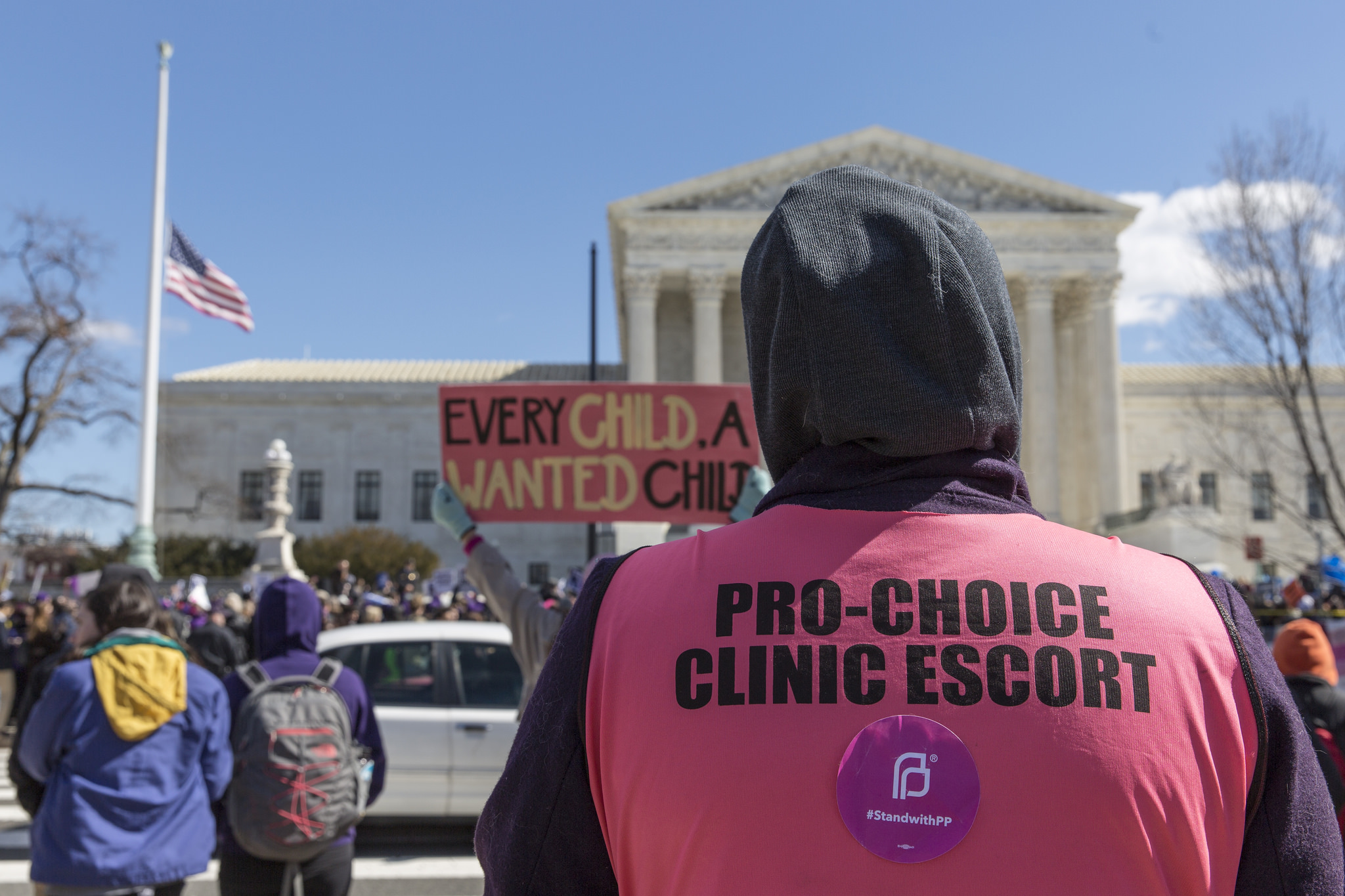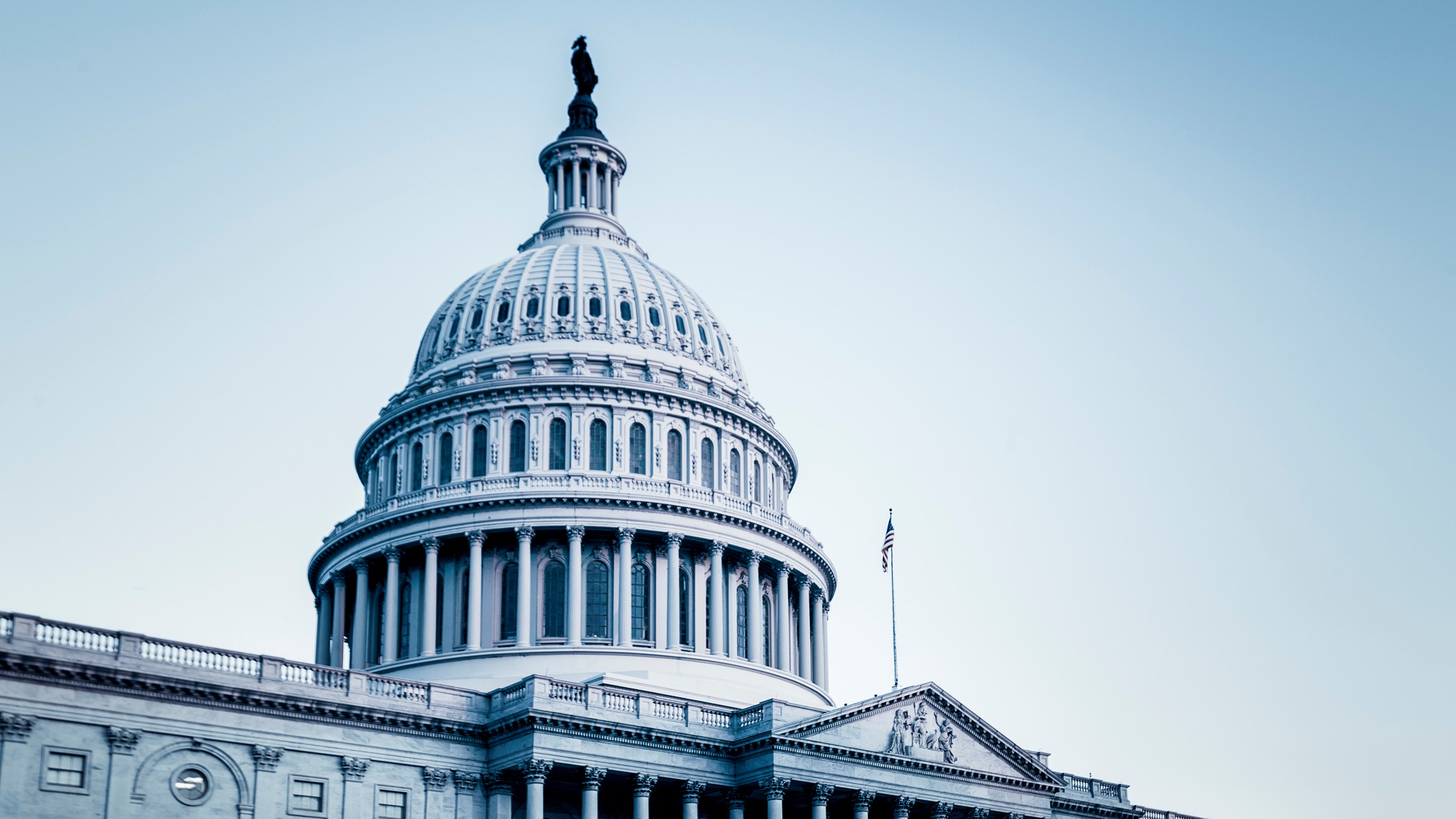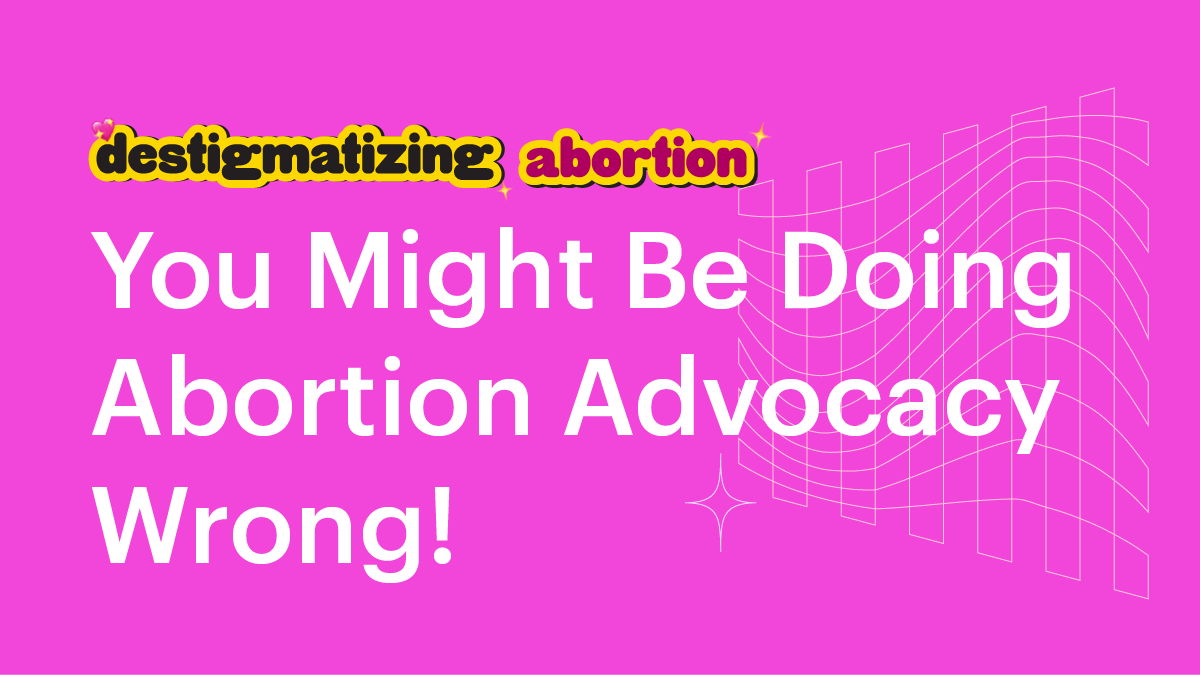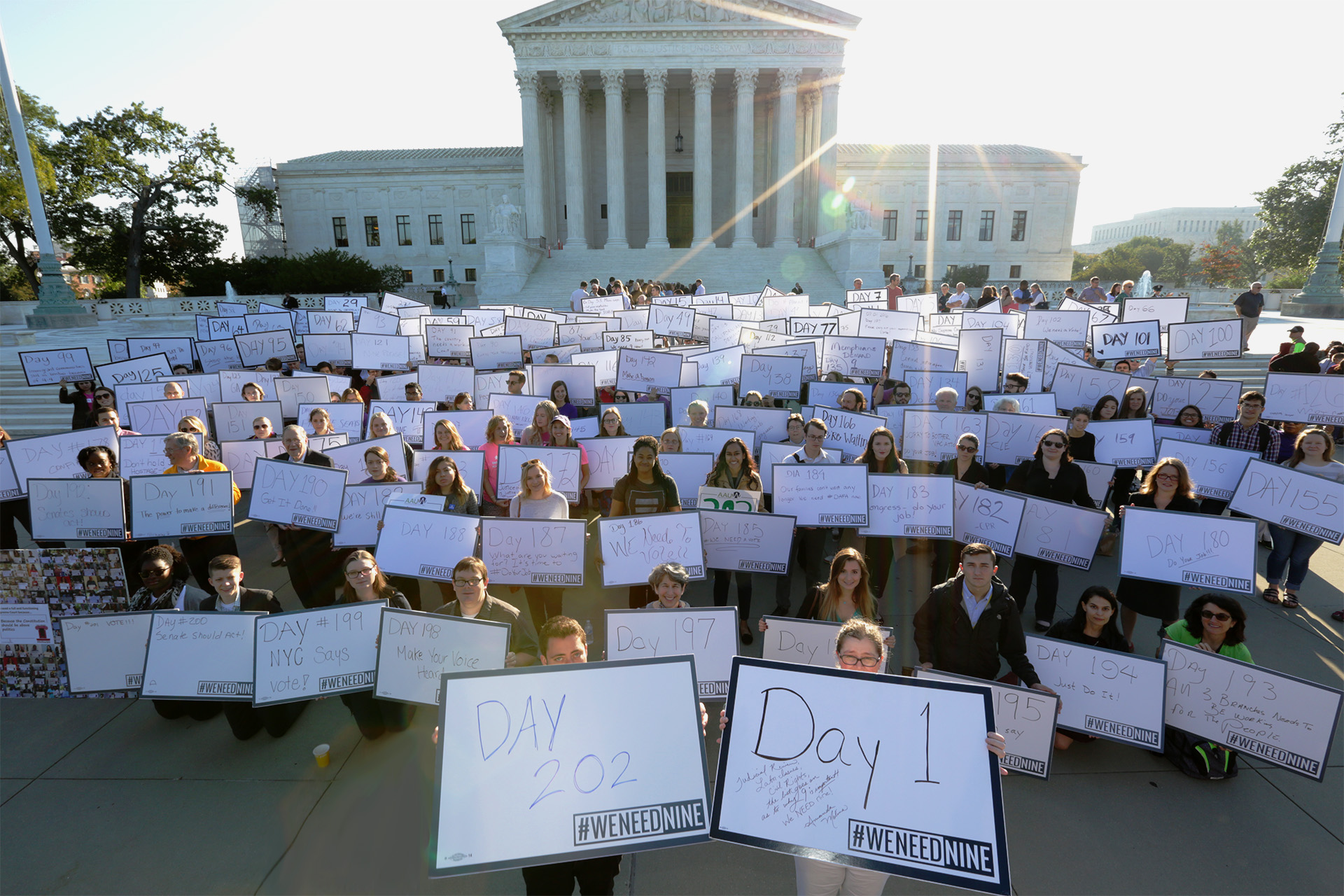Abortion rights, women of color, and LGBTQIA+ people are under attack. Pledge to join us in fighting for gender justice.
Everything You Need to Know About the State of Abortion Access this Holiday Season

Heading home for the holidays? Mentally preparing for dinner table topics with relatives regarding sociopolitical matters that no one is qualified to speak about? Do you want to be ready for when Uncle Bob inevitably mentions “those abortion cases at the Supreme Court?” Then keep reading. We got you.
What are the cases about? Why should we care?
The Supreme Court took up two abortion cases this term: one about Texas’s six-week abortion ban, Senate Bill 8 (SB8) (U.S. v. Texas & Whole Woman’s Health v. Jackson), and a case about Mississippi’s 15-week abortion ban (Dobbs v. Jackson Women’s Health Org.).
These cases are not just about abortion access in Texas and Mississippi. Mississippi has asked the Court to overturn the constitutional right to abortion. If Mississippi officials get their way, states across the country could outright ban abortion. But even if the Court doesn’t eliminate the right to abortion, the Texas ban offers states a new way to ban abortion even with Roe still in effect. Taken together, the Court is sending a clear signal: the constitutional right to abortion may soon be a thing of the past.
Maybe Uncle Bob is not persuaded by the looming threat to abortion. But what if his daughter, Becky, needs an abortion in the year 2022 and finds herself in a state with a near total ban on abortion and a minimum wage job that doesn’t even cover her rent right now? It shouldn’t have to take a personal connection for people to care about abortion, but we know that pretty much everyone loves someone who’s had an abortion.
What’s going on in Texas?
SB8 bans abortion around six weeks into pregnancy and allows citizens (ahem, like Uncle Bob) to sue ANYONE who helps someone get an abortion in Texas for a MINIMUM of $10,000. Texas politicians came up with a scheme to avoid the courts by making private citizens—and not officials from the state—the enforcers of this draconian abortion ban. Basically, since it’s individual people and not the state taking away your constitutional rights, Texas politicians argue that there is no constitutional problem here. But we see through Texas’s BS and know that it doesn’t matter who is enforcing this blatantly unconstitutional ban: legislators shouldn’t be able to trample Constitutional rights with some shady legalese.
In a sick turn of events, a notoriously hostile-to-abortion federal appeals court and the Supreme Court said the law couldn’t be blocked. So SB8 went into effect in September, and the results have been devastating. Just in the month following SB8 going into effect, the number of abortions fell by half and wait times for abortion care appointments increased in surrounding states, as Texans were pushed out of state to get this essential health care.
Didn’t the Supreme Court just release a decision in SB8?
Yup, and it was MESSY. Following all the outcry and devastation after they let the law go into effect, the Court finally agreed to hear fast-tracked (and extremely cringe) arguments on November 1, where the experiences of people in Texas who have lived for over 100 days with a near total ban on abortion were completely ignored by the Court.
When the court finally issued a decision on December 10 (nearly a month later), they had the audacity to Allow SB8 to remain in effect. In its decision, a majority of the Court—led by President Trump’s Justices—basically greenlit the law and said federal courts can’t stop it. This devastating decision puts the right to abortion, and other fundamental rights, in the crosshairs of state legislators who can follow the model of SB8 to undercut not only abortion, but also other constitutional rights. As Chief Justice Roberts acknowledged, the legitimacy of the Supreme Court is less secure than a glued-on false eyelash after a night out of partying (he used different words but you get the point.)
Wait, but I heard abortion providers won this case. Is that not true?
Sorta. In a fractured decision, the Court only allowed the abortion providers to continue their case against just a few Texas officials. But they can continue on the narrowest of grounds and it really doesn’t give providers a way to stop the bounty hunter lawsuits. This means the whole chilling impact of SB8—the risk of being sued while litigation plays out—is still happening.
The U.S. Supreme Court’s repeated refusal to block S.B.8 has left thousands of Texans unable to access their constitutional right to abortion within the state. As Justice Sotomayor said in her fiery dissent, many Texans seeking care have “vindicated their rights by traveling out of State.” But for those “who are unable to do so, their only alternatives are to carry unwanted pregnancies to term or attempt self-induced abortions outside of the medical system.”
What about the Mississippi case?
The Court heard oral arguments in Jackson Women’s Health Org on December 1, and you better trust and believe that activists and abortion storytellers were present, raising our voices to #LiberateAbortion. This case is about a Mississippi 15-week abortion ban that threatens abortion providers with criminal charges. For the first time in decades, Justices were discussing overturning longstanding precedent established in Roe v. Wade (1973)—nearly 50 years ago—and reaffirmed in Casey (1992): that states cannot ban abortion before viability.
Some Constitutional Law 101: stare decisis is a legal theory meaning “to stand by things decided” that says precedent (past decisions) should dictate the outcome of cases with similar facts. According to stare decisis, precedent can’t be overturned without the “most convincing justification,” not including the personal opinions of the Justices, or the political parties that nominated them. Despite claims by Mississippi that Roe and Casey are no longer needed, WE KNOW and YOU KNOW the right to abortion is still very much essential. The right to abortion is only at risk because the federal judiciary are packed with Trump judges and Justices who were nominated with the goal of overturning Roe.
What now?
The Court’s decision in the Mississippi case deciding the future of the right to abortion will likely come out in Summer 2022. If Roe is overturned, then abortion is no longer considered a fundamental constitutional right. That means it is left up to state legislatures or the federal government. Currently, 22 U.S. states are positioned to make abortion illegal if Roe falls.
Even if Roe is not explicitly overturned, the Court may issue an opinion that severely guts the federal protection, emboldening states to pass more abortion restrictions. That could result in people further losing access to abortion, even with Roe still on the books.
SB8 has given us an unfortunate look into our future: where patients from anti-abortion states are overwhelming providers in states where abortion care is still accessible, making abortion care harder to reach for everyone. SB8 provided a Supreme Court-approved model for how states can ban abortion, and that model is already being pursued in state legislatures across the country.
One direct way folks can prepare for the inevitable demise of our constitutional rights is by reading up on self-managed abortion (SMA), which activists in this space have talked about for decades. (Sidebar, we love Sotomayor for bringing up SMA without the usual anti-abortion stigmaanti-abortion stigma typically tied to conversations about SMA.) Medication abortion pills can be used up to ten weeks in pregnancy, are widely accessible in other countries, and have a better safety record than Tylenol and Viagra (mention THAT to Uncle Bob if you really want to cause some family drama). SMA is a safe, normal, and personal decision. However, SMA is not without legal risk: 32 states have laws restricting access. So, if someone you know needs legal support related to SMA, contact the Repro Legal Helpline.)
On the other hand, Congress can act now to pass a range of measures that protect and expand access to abortion, like the Women’s Health Protection Act (WHPA) and the EACH Act. These are bills that would give abortion providers a powerful tool to strike at bans and other restrictions, and eliminate federal restrictions on abortion coverage, like the Hyde Amendment (a racist and classist budget rider barring abortion care coverage for low-income people). And states can pass their own protections—fifteen states and the District of Columbia currently have protections for the right.
TL;DR: The right to abortion is in danger and we need to #LiberateAbortion.
It is important to remember that ending a pregnancy is a deeply personal decision. While Roe is at the greatest risk in decades, we know that abortion has always been inaccessible for marginalized people, and the right to abortion does not ensure access.
Besties, we can’t underscore enough the urgency of this moment. Now is the time to have that super cringy conversation with Cousin Becky (who doesn’t think the right to abortion is at risk) and to let her know the facts about abortion access in the year to come. Point her towards resources and be there to talk about the realities of access down the line. And now is the time to get your anti-abortion mom the greatest gift of all this holiday season: a hefty donation to your local abortion fund in her name. These small but powerful acts of resistance add up to a larger movement to destigmatize abortion and make it accessible for all our communities, regardless of what some old white dudes do at their annual anti-abortion conventions, a.k.a. legislative sessions.




